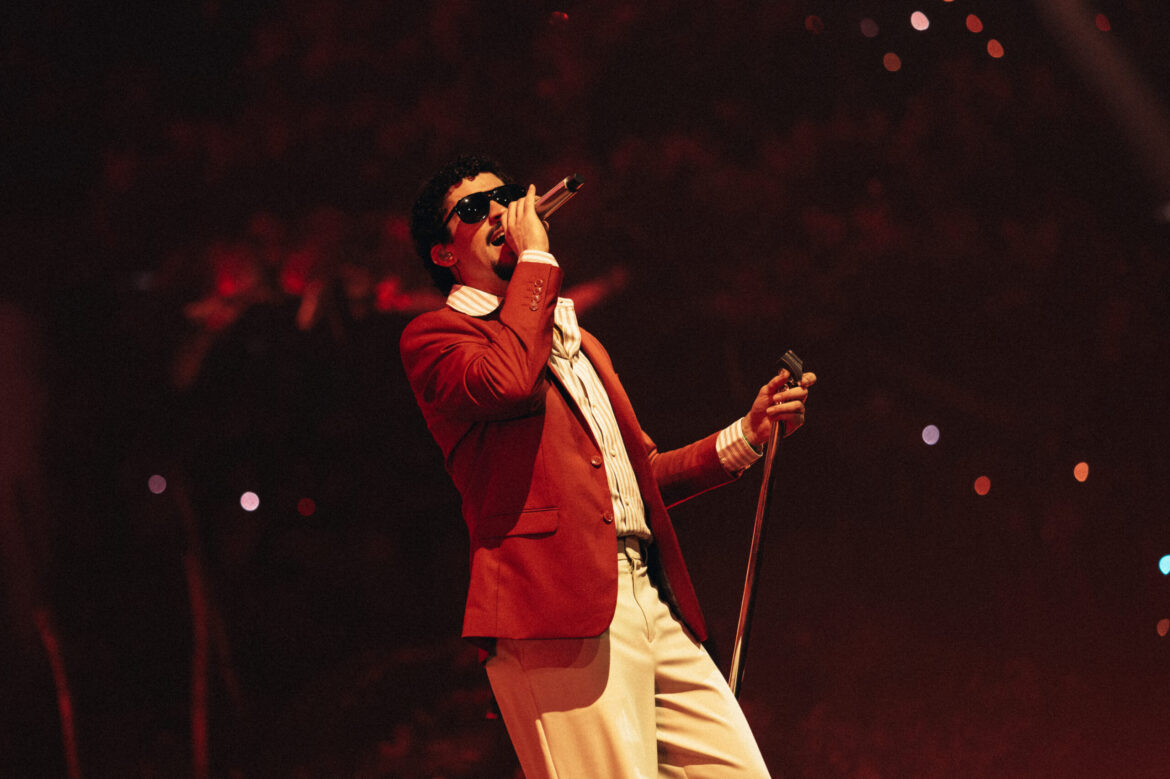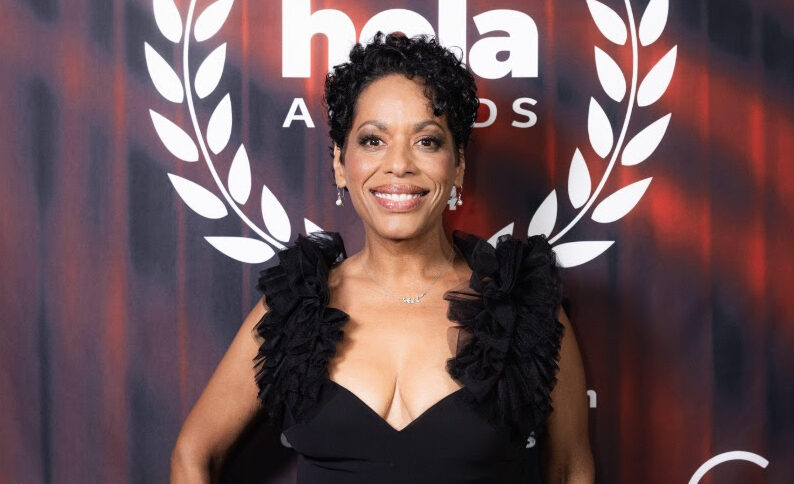Butterfly, the new series on Prime, is now streaming. This tense, character-driven spy thriller stars and is executive-produced by Daniel Dae Kim (known for Lost, Hawaii Five-0, and The Good Doctor), Piper Perabo (Coyote Ugly, Yellowstone), and Reina Hardesty (It’s What’s Inside, Greenhouse Academy).
Based on the graphic novel by Arash Amel and Marguerite Bennett, published by BOOM! Studios, the series delves into the intricate world of espionage while telling a deeply personal story about fractured family relationships and the moral implications of keeping secrets.
Daniel Dae Kim plays David Jung, a former U.S. intelligence operative who has built a quiet life in South Korea to escape his dangerous past. However, his world unravels when his daughter, Rebecca (Reina Hardesty), now a trained sociopathic agent, is assigned a chilling mission: to kill him.
The series balances high-octane spy craft with a poignant exploration of loyalty, identity, and betrayal. “It’s a show about family as much as it is about espionage,” Kim stated in interviews leading up to the premiere, underscoring the emotional stakes that elevate *Butterfly* beyond a typical spy thriller. The graphic novel’s roots provide *Butterfly* with visual intensity, while the series expands the narrative into a globe-spanning journey with deep emotional undercurrents. Filmed across multiple countries, the show masterfully blends slick, adrenaline-fueled sequences with intimate character moments—reflecting Kim’s commitment to creating stories that resonate across cultures.
From faked deaths to hidden sibling relationships, the narrative shows how even well-intended silences have far-reaching consequences. Whether audiences come for the espionage thrills or the emotional core, Butterfly offers a high-stakes ride anchored by one of TV’s most compelling leading men. And in a world full of secrets, one thing is clear—Daniel Dae Kim’s latest project has taken flight, and it’s one worth chasing.












